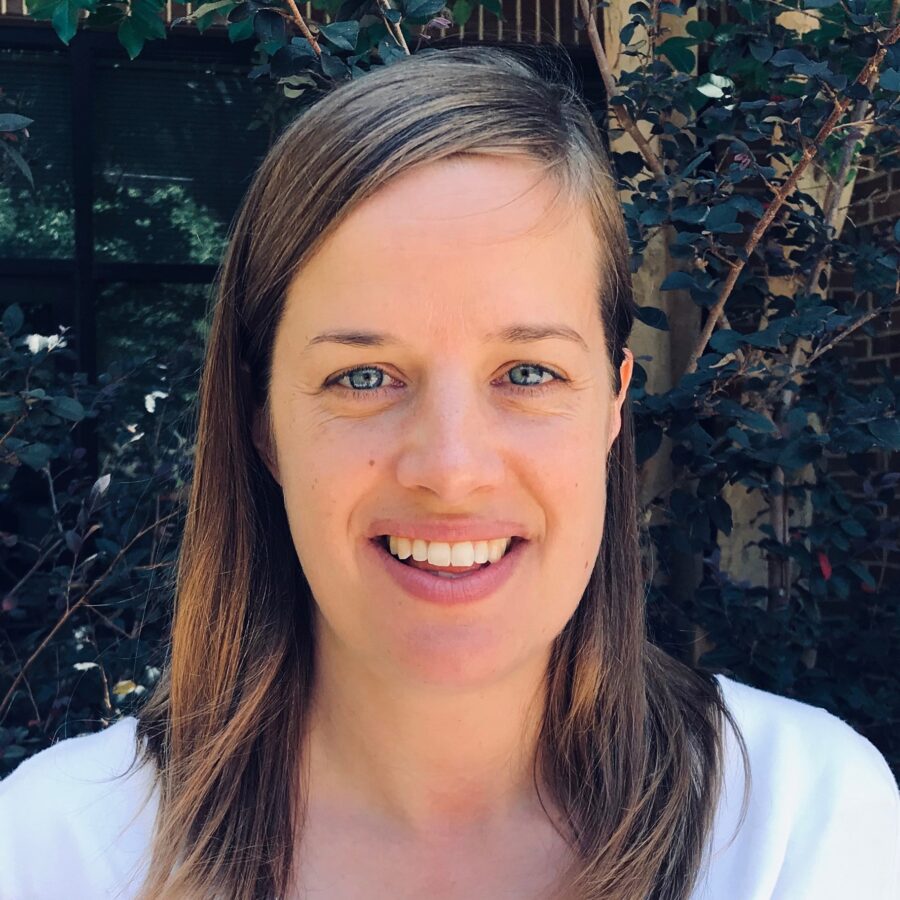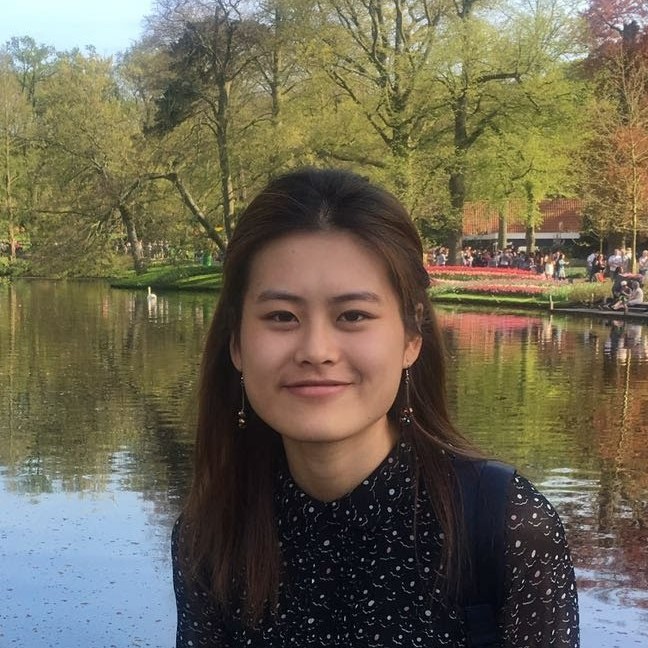How to Take on a Pipeline (and Win)
In January 2022, in a lawsuit brought by the Sierra Club, the US Fourth Circuit Court of Appeals revoked the Mountain Valley Pipeline’s construction permits in the Jefferson National Forest. This was a rare moment when the rallied voices of affected communities, watching their fields being washed away due to pipeline construction, rose above the influence of a major player in the energy industry. Scientific analysis provided by the Virginia Scientist Community Interface (V-SCI) graduate students played a key role in lending credence to a mountain of evidence that had been treated as “anecdotal” up to that point.
How could student volunteers help delay a billion-dollar project? The Mountain Valley Pipeline (MVP), now a $6.2 billion project, is an interstate natural gas pipeline planned to run from northwestern West Virginia to southern Virginia. EQM Corporation, a company of the conglomerate that funds Mountain Valley Pipeline LLC, is a $3.2 billion company that lists 950 miles of pipeline as just one of its assets. In contrast, V-SCI is the passion project of a group of PhD students made up entirely of volunteers in 2019. As graduate students, work for V-SCI was extracurricular as maintaining satisfactory progress on their degrees was a priority. With little outside funding—their $328 website fee was crowdfunded among themselves—their greatest strengths were their scientific knowledge and research skills, developed through years of conducting academic research. Through a partnership with community groups, V-SCI has contributed scholarly analysis that advocates often find difficult to find.
“It’s almost impossible to find experts who can conduct the detailed, project-specific research that the V-SCI team is conducting,” said David Sligh of the Wild Virginia advocacy group. It was this partnership that made it possible to face the powerful energy industry.
The leap from inspiration to action
Developing a movement and gaining a critical mass of community support comes through grassroots effort and ongoing conversation, and requires extensive local knowledge. Science is notoriously esoteric, and often communities of concern are not integrated with scientists who have the expertise required. Bridging this gap is a key driver of the New York-based group ScAAN: a group of graduate students and postdocs working with local partners to provide scholarly expertise on a variety of policy issues. Attending a presentation by ScAAN was the inspiration that led then-student Linnea Saby to start V-SCI with a handful of colleagues at the University of Virginia. By learning from ScAAN meetings and using aspects of their framework, Dr. Saby the blueprints to start a similar group locally in Virginia.
The leap from inspiration to action is an important step that can be puzzling for scholars looking for partnerships with community advocates. Scientific expertise without local, political or legal knowledge is not enough to take on powerful organizations. Key to the success of V-SCI was the recognition that scientific analysis was needed to help organize the community.
dr However, Saby emphasizes that such relationships should not be forced. Not every advocacy group needs scientific expertise, and trying to get help can do significant damage. Building a mutually beneficial working relationship requires the highest respect for lived experience and the investment of time to build relationships and trust. A successful partnership also requires clear communication about what is needed, what can be delivered and a commitment to deliver on promises. In this case, V-SCI recognized communities experiencing environmental injustices or consequences of pipeline construction as experts on their experiences.
As conservation director for Virginia-based advocacy group Wild Virginia, David Sligh was able to facilitate connections in the networks that strengthen the advocacy machinery. With degrees in environmental science and law, Sligh has a foothold in both the scientific and political worlds and a unique perspective on their intersection. Attorneys from the Southern Environmental Law Center introduced Sligh to the V-SCI student, and he quickly saw the potential of partnering with scientifically competent students whose research skills could augment efforts already underway across the advocacy network. This began an important mentorship between Sligh and V-SCI, as the transition from academic research to using science to inform policy making was not immediately intuitive.
gain a foothold
Academic research seeks to broaden the horizons of current scientific understanding, and graduate students spend years training in the process. However, politics based on science requires very different questions and answers. The most useful evidence to support legal action highlights violations of the environmental protections afforded by laws such as the Endangered Species Act and the Clean Water Act. First, V-SCI considered examining the pipeline’s impact on the larger problem of global warming. Instead, there were serious problems with sedimentation due to the MVP construction, which could be used in a court case.
Beyond the question of what scientific information is useful in court, a problem as big as a pipeline project brings with it an overwhelming scope and magnitude of potential impact. The MVP project was over 10,000 pages of documentation. The partnership played its part here, as Sligh and its network had already identified areas in the pipeline plans that had potentially catastrophic impacts on local communities and ecosystems, including concerns about water quality and sedimentation from MVP construction. The depth of knowledge within the legal group regarding the pipeline project was absolutely critical.
Acquire new skills
The students in V-SCI had no pipeline experience before starting work on the MVP project – they were only aware of the environmental impact of previous pipelines. Ultimately, supporting the community advocates involved using research skills to learn specific topics outside of their own areas of expertise, which involved delving into the finer details of the RUSLE2 soil erosion model and examining relevant scientific literature. Review of MVP’s report on projected sedimentation due to pipeline construction revealed a variety of issues with their analysis methodology, including the use of the outdated RUSLE model, and subsequently a significant underestimate of the impact on water quality. River gauge data from a United States Forest Service monitoring station showed a 19% increase in sedimentation, while MVP’s models predicted only a 2% increase. In fact, up to 39% of the area in Jefferson National Forest could contain erroneous forecasts. The science of MVP just didn’t add up.
Working on the MVP project, V-SCI members learned important lessons about scientific advocacy and developed transferrable skills. While V-SCI members felt at times that they needed to prove themselves as capable analysts, they also recognized that building trust through consistency and the effort to listen to the advocacy network to determine what needs could be met, was of the utmost importance. Unfortunately, there is a long history of scientists abusing community relationships, hindering potentially powerful collaboration.
In addition, this process allowed PhD students to develop skills that were outside their area of expertise – a crucial element as academic research does not always directly translate into scientific advocacy. Volunteering in V-SCI also provided safe spaces for PhD students to learn from each other and engage in an ongoing knowledge sharing with their peers.
The victory
In the end, it was the real, publicly available water level data supporting claims that MVP abused the RUSLE model that swayed the court. Proper environmental impact assessment requires the calibration of sedimentation models for the unique ecosystem of steep, rocky Appalachian slopes, a critical step that MVP skipped. The result was a serious environmental impact that had already resulted in $2 million in fines.
History teaches us that this isn’t the first time a powerful industry has had serious environmental impacts on local communities. Could collaboration between stakeholders and scientists committed to independent, rigorous science – unbiased by industries or profits – help prevent these catastrophes? It is this broader conceptual question that ignites the passion of scientists and advocates who know the rock in their slingshot could bring down Goliath.

